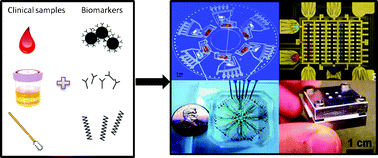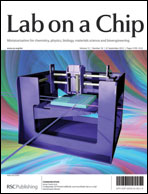Effective pathogen detection is an essential prerequisite for the prevention and treatment of infectious diseases. Despite recent advances in biosensors, infectious diseases remain a major cause of illnesses and mortality throughout the world. For instance in developing countries, infectious diseases account for over half of the mortality rate. Pathogen detection platforms provide a fundamental tool in different fields including clinical diagnostics, pathology, drug discovery, clinical research, disease outbreaks, and food safety. Microfluidic lab-on-a-chip (LOC) devices offer many advantages for pathogen detection such as miniaturization, small sample volume, portability, rapid detection time and point-of-care diagnosis. This review paper outlines recent microfluidic based devices and LOC design strategies for pathogen detection with the main focus on the integration of different techniques that led to the development of sample-to-result devices. Several examples of recently developed devices are presented along with respective advantages and limitations of each design. Progresses made in biomarkers, sample preparation, amplification and fluid handling techniques using microfluidic platforms are also covered and strategies for multiplexing and high-throughput analysis, as well as point-of-care diagnosis, are discussed.

You have access to this article
 Please wait while we load your content...
Something went wrong. Try again?
Please wait while we load your content...
Something went wrong. Try again?


 Please wait while we load your content...
Please wait while we load your content...